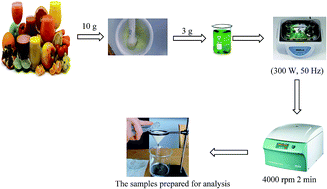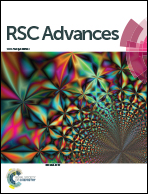Preconcentration of sulfite from food and beverage matrices by ultrasonic assisted-cloud point extraction prior to its indirect determination by flame atomic absorption spectrometry
Abstract
The additives used in foods and beverages may be harmful to human health. Thus, there is an increasing demand for analytical methods that allow the reliable identification and quantification of high-risk substances. In this context, we describe a new ultrasonic assisted-cloud point extraction (UA-CPE) method for the preconcentration of sulfite from foods and beverages prior to analysis by flame atomic absorption spectrometry (FAAS). The method is based on the reduction of Fe(III) to Fe(II) by the sulfite, and the subsequent selective complex formation of Fe(II) ion produced, which is linearly related to sulfite concentration, with 5,6-diphenyl-3-(2-pyridyl)-1,2,4 triazine (DPTZ) in the presence of sodium dodecyl sulfate (SDS) at pH 6.0. The method allows the determination of trace levels of sulfite in the range of 0.04–70 μg L−1 with a detection limit of 0.012 μg L−1. The method was successfully applied to food and beverage samples with good results. The method accuracy was controlled by comparing with those of the standard 5,5′-dithio-bis(2-nitrobenzoic acid) (DTNB) method.


 Please wait while we load your content...
Please wait while we load your content...